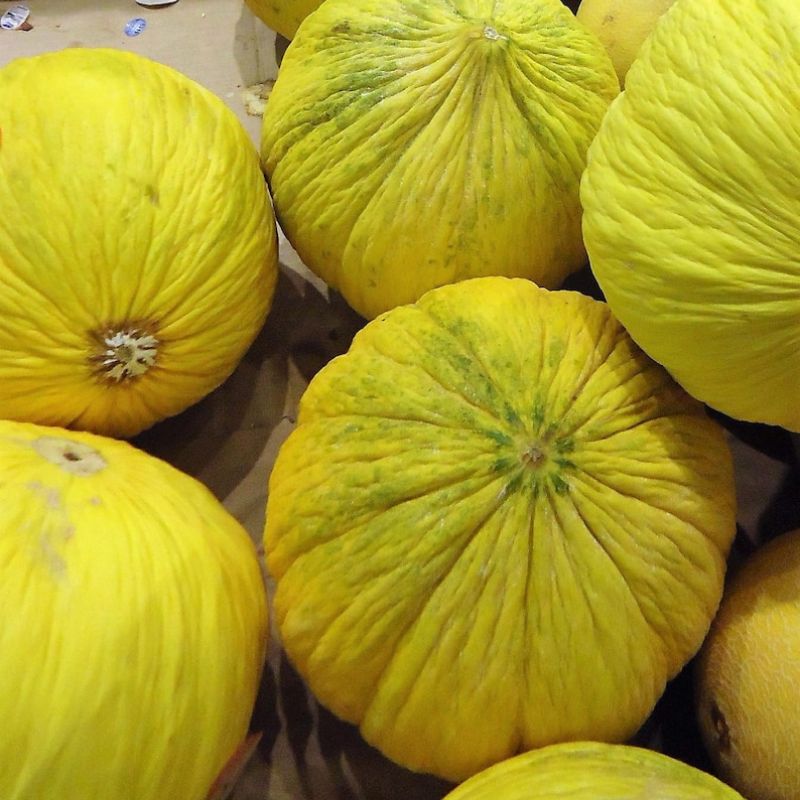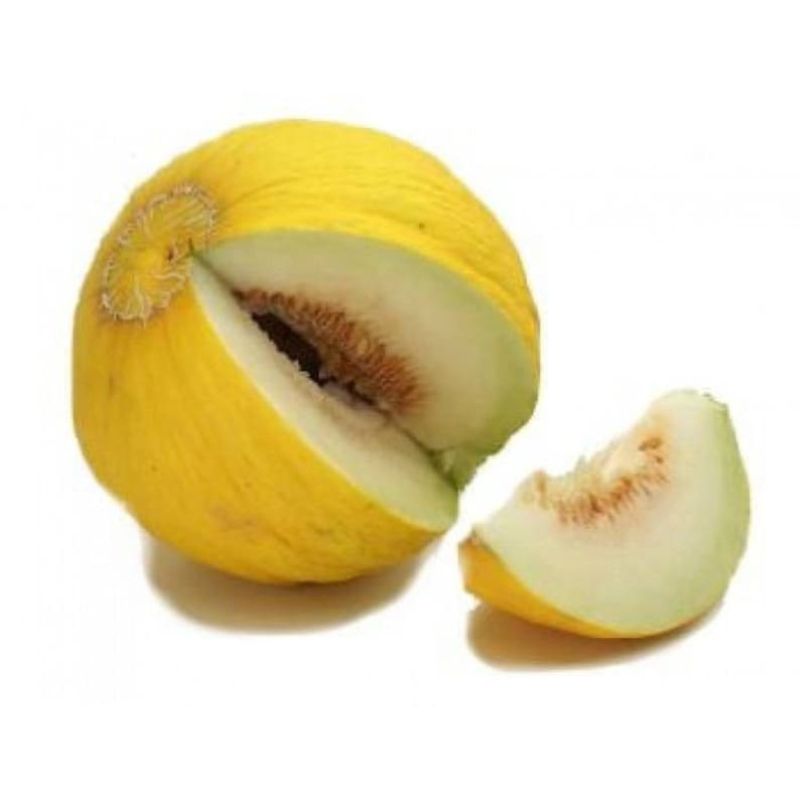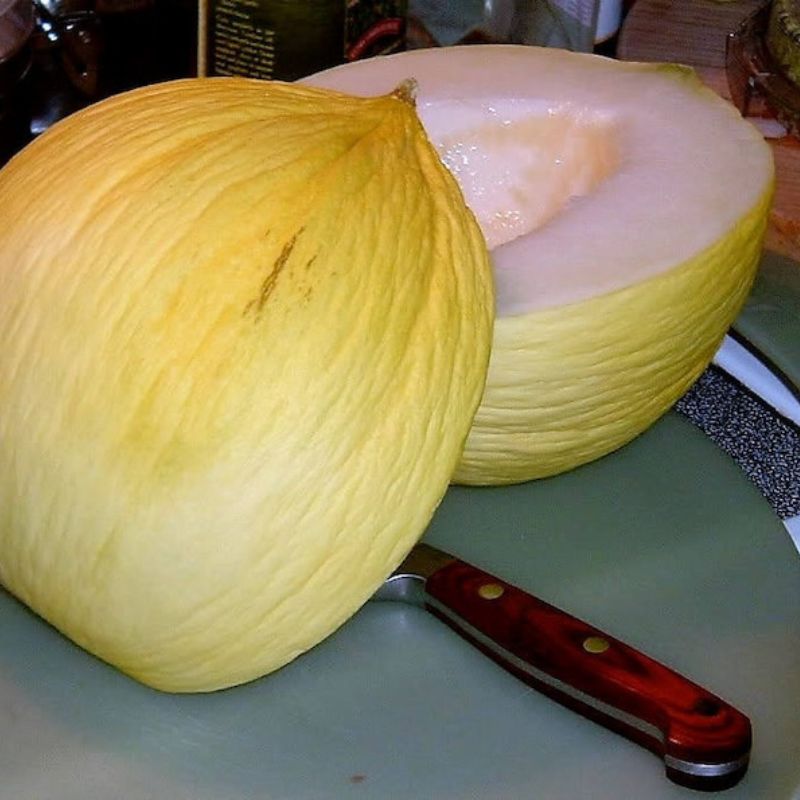- Historical context: Casaba melons are a type of muskmelon, which belong to the species Cucumis melo. They have been cultivated for thousands of years and are believed to have originated in the Middle East.
- Geographical origination: The Casaba melon is thought to have originated in the region that includes modern-day Turkey and Iran.
- Relevant cultural significance: Casaba melons have been a staple in Middle Eastern diets for centuries and are often associated with traditional summer dishes and desserts.
- Time period of discovery: Casaba melons have been cultivated since ancient times, with historical records dating back to at least 2400 BCE.
- Original habitat: The original habitat of Casaba melons includes arid and semi-arid regions with hot summers and mild winters.
- Notable historical uses: Historically, Casaba melons were used not only as a food source but also for their hydrating properties in arid climates. They were often consumed fresh or used in various culinary preparations.
- Ideal temperature range: Casaba melons thrive in warm temperatures, ideally between 70°F to 85°F (21°C to 29°C).
- Soil type: They prefer well-drained, sandy loam soil with a pH range of 6.0 to 6.8.
- Sunlight requirements: Casaba melons require full sun exposure, at least 6 to 8 hours of direct sunlight per day.
- Watering needs: Consistent watering is crucial, especially during the fruiting stage. However, avoid waterlogging as it can lead to root rot.
- Planting season: Plant Casaba melon seeds in late spring to early summer, after the last frost has passed.
- Germination time: Seeds typically germinate within 7 to 14 days under optimal conditions.
- Growth cycle duration: The growth cycle from planting to harvest is approximately 80 to 100 days.
- Common pests and diseases: Common pests include aphids, cucumber beetles, and spider mites. Diseases such as powdery mildew and downy mildew can also affect the plants.
- Companion planting advice: Good companion plants for Casaba melons include corn, beans, and radishes. Avoid planting near potatoes and cucumbers.
- Common challenges and solutions: Challenges include pest infestations and fungal diseases. Solutions involve regular monitoring, using organic pesticides, and ensuring proper air circulation around the plants.
- Nutritional values: Casaba melons are low in calories and rich in vitamins A and C, as well as potassium and dietary fiber.
- Health benefits: They are hydrating and can help support immune function, improve skin health, and aid in digestion.
- Culinary uses: Casaba melons are often eaten fresh, added to fruit salads, or used in smoothies and desserts. Their mild, sweet flavor pairs well with a variety of other fruits and ingredients.
- Medicinal uses: Traditionally, Casaba melons have been used for their hydrating properties and to soothe digestive issues.
- Other unique advantages: Casaba melons have a long shelf life compared to other melons, making them a convenient option for storage and transport.










